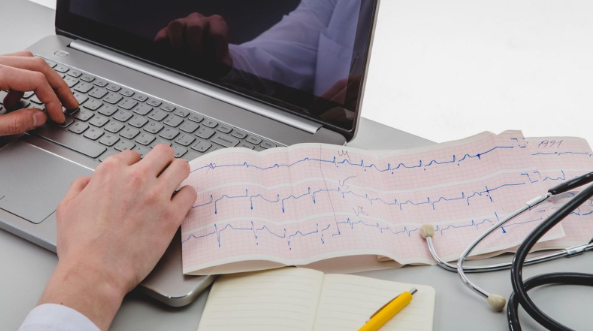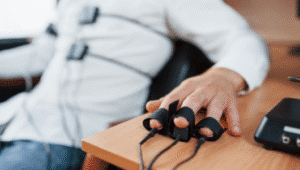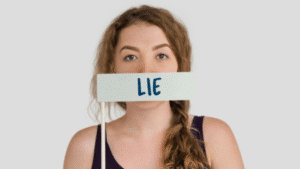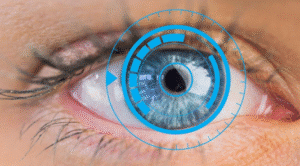The reliability of polygraph exams has be en a subject of intense debate for years, both in law enforcement and the scientific community.
Many proponents of lie detector tests consider it a credible tool for sniffing out liars. Most of these advocates draw from the American Polygraph Association (APA)’s polygraph accuracy benchmarks.
According to the APA, single-issue lie detector tests can attain impressive accuracy scores of 90+% if they’re administered by qualified examiners and in strict conformity with the industry guidelines.
However, critics are quick to poke holes into the APA’s assessments. Many skeptics cite the lack of conclusive scientific evidence on the efficiency of polygraph tests.
But while no lie detector test is infallible, examiners can employ several methodologies to improve their accuracy. One such technique is proper equipment calibration.
Here’s a look at how fine-tuning the polygraph machine can enhance the test reliability.
How Polygraph Machines Work

Lying triggers numerous physiological reactions. Most of these responses, which are largely involuntary, are regulated by a nervous system division called the autonomic nervous system (ANS).
Lie detector tests measure four essential ANS-regulated physiological processes. Those include respiration, perspiration, blood pressure, and heart rate.
When we lie, all four functions go into overdrive.
Respiration and cardiovascular activity change to ramp up the transportation of oxygenated blood to vital organs, ostensibly to deal with the stress of responding untruthfully. Perspiration also fluctuates to flush out toxins that could impair our alertness.
Now, a polygraph machine records the physiological reactions triggered by each response. Examiners later analyze this data before making deductions accordingly.
Note that polygraphs cannot directly pinpoint truthfulness or deception. Rather, they provide certain physiological cues that enable examiners to make proper inferences about an examinee’s credibility.
Unpacking the Components of Polygraph Equipment
Polygraph machines utilize special attachments to capture critical physiological data throughout the testing process.
First are pneumographs. These are hollow rubber tubes with a spring inside that are wrapped around an examinee’s chest and abdomen, helping to measure an examinee’s breathing by their simple expansion and contraction.
Next are cardiosphygmographs, which connect to blood pressure cuffs and help measure heart rate and blood pressure changes.
There are also galvanographs. These attachments are equipped with electrodermal sensors, which monitor changes in perspiration.
Moreover, industry standards require modern polygraphs to include motion sensors for enhanced accuracy.
Each component captures physiological data in real time. The information is recorded on a polygram (for analog polygraph machines) or on a computer screen (for digital polygraphs).

What Polygraph Calibration Entails
According to the APA standards, polygraph examiners should calibrate their machines before administering each test. This typically happens during the pre-test phase. It ensures the proper functioning of all sensors, as well as the pneumograph tubes.
An examiner will start by adjusting the pneumograph’s sensitivity settings to align it with your normal breathing pace. They’ll then calibrate the cardiosphygmographs and galvanographs, taking into account factors that are totally unrelated to emotional arousal.
But the process doesn’t end there. To maintain consistency throughout a polygraph exam, it’s imperative to calibrate the machine at reasonable intervals.
Examiners should actively track the sensitivity of each sensor, making proper adjustments on the go. This helps to reduce mechanical deviations that could derail the test or impact the legitimacy of the collected information.
Most importantly, all calibration checks must be documented. That includes the initial equipment tuning that occurs right before the actual questioning.
Documenting polygraph calibration helps with accurate data interpretation.
Assume that a lie detector machine recorded significant physiological deviations from an examinee’s baseline data during specific time blocks during the test period. If the equipment was properly calibrated, examiners may easily attribute the data to environmental factors like ambient temperature and humidity.
Each calibration log constitutes an essential component of the final report. It captures the time of day the exam was administered, prevailing weather conditions, and any mechanical adjustments made during the test.

How Calibration Improves Polygraph Reliability
1. Capturing Credible Data
The accuracy of polygraph tests relies on the credibility of the data collected. Start with the wrong data, and you’ll surely end up with inaccurate inferences.
Note that the physiological reactions measured by lie detector machines are highly sensitive to environmental factors. To collect accurate data, each sensor must be precisely calibrated.
2. Making Valid Interpretations
Improper calibration of polygraph sensors can set off a chain of reactions that culminate in invalid conclusions.
Precise calibrations help to separate genuine physiological reactions from machine-instigated ones. Examiners can then make accurate data interpretation, minimizing false positives and false negatives.
3. Adhering To Industry Standards
The easiest way to challenge the credibility of polygraph tests is to interrogate whether due process was followed. Since the APA mandates equipment calibration, skimping on this process could have your polygraph report dismissed without a second thought.
Calibrating a lie detector machine also minimizes variability. This is significant, considering that polygraph findings are often subjected to independent reviews to ascertain their credibility.

Wrap Up
Calibrating a lie detector machine is a critical step in improving the reliability of polygraph tests. Well-calibrated polygraph machines ensure consistency in data collection, providing a near-accurate picture of the examinee’s credibility.
However, proper equipment calibration isn’t the sole criterion for conducting a legally admissible lie detector test. It’s best to hire a professional examiner, too.
Seek out a polygrapher who graduated from an APA-credited school and has proven industry experience. Besides, the individual should preferably possess specialized skills relevant to your field.
Affiliation with reputable polygraph organizations is a welcome bonus.






